Mulching leaves gives you a better solution for lawn care and helps the environment thrive. You might wonder if mulching leaves beats raking or bagging. When you choose mulching leaves instead of raking, you recycle nutrients, improve soil health, and suppress weeds. Fallen leaves from your yard break down quickly with a leaf mulcher or even a Gas Leaf Mulcher. Even a Walk-Behind Gas Leaf Blower can help manage fall leaves. Leaf mulching saves time and supports a healthy yard while keeping fallen leaves out of landfills.
Key Takeaways
-
Mulching leaves recycles nutrients naturally, feeding your lawn and reducing the need for chemical fertilizers.
-
Mulched leaves help control weeds by blocking sunlight and keeping soil moist, promoting a healthier yard without chemicals.
-
Adding mulched leaves improves soil health by supporting beneficial microbes and earthworms that strengthen your lawn.
-
Mulching saves time and money by cutting down on raking and bagging, while keeping leaves out of landfills.
-
Use a mulching mower or leaf mulcher on dry leaves in thin layers to protect your grass and help leaves break down faster.
Benefits of Mulching Leaves
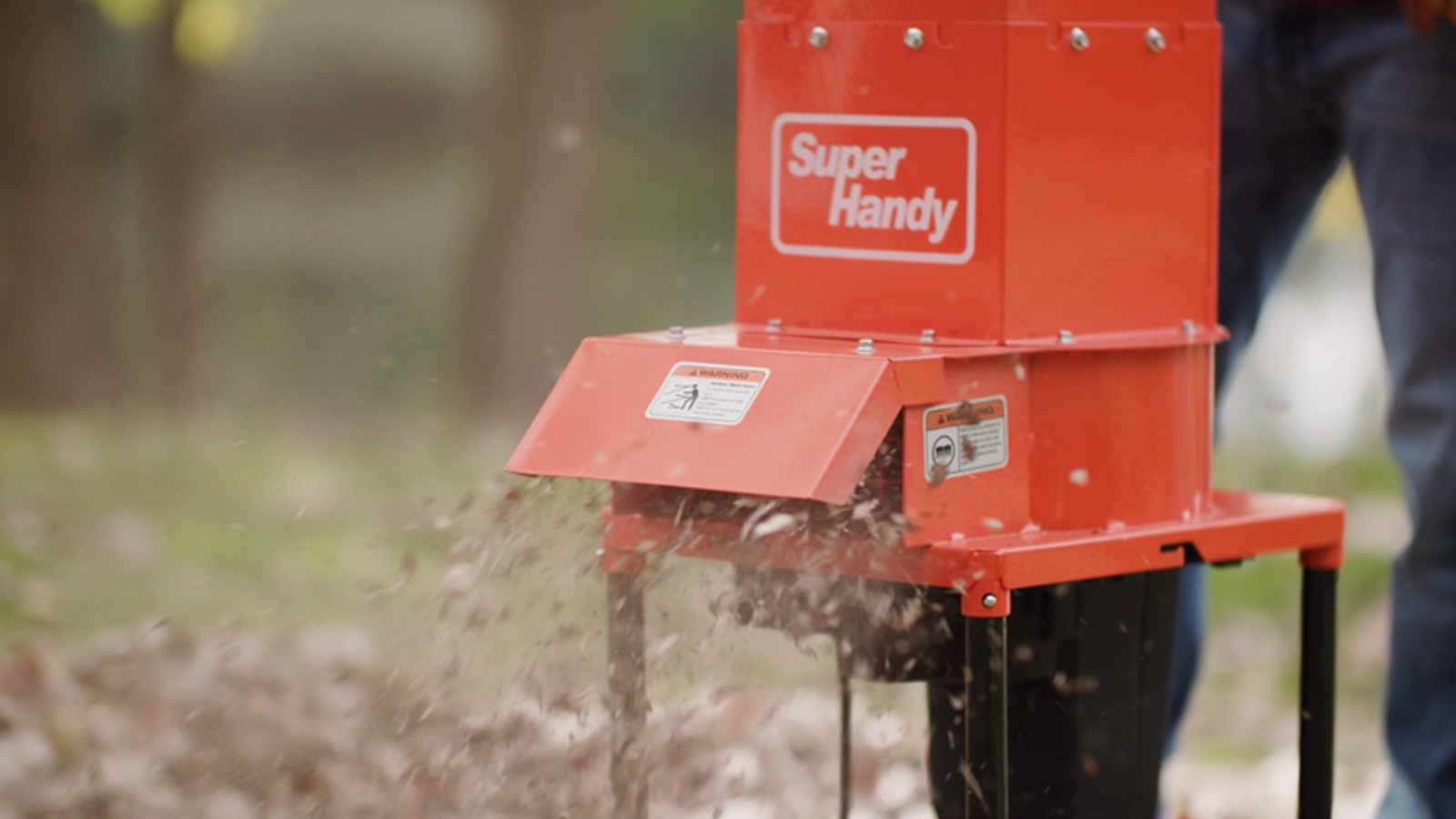
Nutrient Recycling
When you mulch leaves, you return valuable nutrients to your lawn. This process acts as a natural fertilizer and helps your grass grow strong. Instead of buying chemical fertilizers, you can let nature do the work. Mulched leaves break down quickly and release essential nutrients like nitrogen, phosphorus, and potassium into the soil.
-
Studies show that mulching with organic materials, such as bamboo leaves, increases soil hydrolyzed nitrogen, available phosphorus, and potassium. These nutrients help plants grow better and improve shoot yield.
-
Over several years, mulching leaves into turfgrass systems increased soil organic matter and soil proteins. Turfgrass grown on mulched plots had higher nitrogen and carbon content, which means your lawn gets more of what it needs to thrive.
You save money by reducing the need for store-bought fertilizers. You also help the environment by recycling nutrients instead of sending leaves to landfills. Mulching leaves is an easy way to improve the health of your soil and support a healthy ecosystem in your yard.
Tip: Mulching leaves creates an excellent fertilizer for your lawn and garden beds, giving you greener grass and healthier plants.
Weed Suppression
Mulching leaves does more than feed your lawn. It also helps keep weeds under control. When you spread a layer of mulch over the soil, you block sunlight from reaching weed seeds. This makes it harder for weeds to grow and take over your yard.
Research shows that mulched leaves and other organic mulches can lower soil temperature or keep it steady, depending on the material. This helps your lawn stay healthy during hot or cold weather. Mulching also keeps soil moist, which means you water less often.
Mulching leaves gives you a natural way to manage weeds without using chemicals. You protect your lawn and the ecosystem at the same time.
Soil Health
Healthy soil is the foundation of a beautiful lawn. Mulching leaves boosts soil organic matter, which improves soil structure and helps roots grow deep. When you mulch, you add organic material that feeds helpful microbes and earthworms. These tiny workers break down the mulch and release nutrients for your grass and plants.
-
Studies found that mulching with plant materials increases soil microbial diversity and richness. This means more good bacteria and fungi live in your soil, helping plants fight disease and grow strong.
-
Mulching changes the soil microenvironment, making it better for beneficial microbes. It also increases soil enzyme activity, which helps break down organic matter and cycle nutrients.
You create a positive impact on the ecosystem by supporting soil life. Mulching leaves helps you improve the health of your soil and build a stronger, more resilient lawn.
Time and Cost Savings
Mulching leaves saves you time and money every fall. You do not need to rake, bag, or haul leaves away. Instead, you mow over them and let the mulch work for you. This simple step cuts down on yard work and keeps your weekends free.
-
At home, you only need a basic mulching mower or leaf mulcher, which costs less than paying for waste collection or buying commercial soil amendments.
-
Mulching leaves gives you free soil amendments, which would cost $25-50 per cubic yard if you bought them.
You also help the environment by keeping leaves out of landfills, where they would create methane gas. Mulching leaves supports a healthy ecosystem and reduces your carbon footprint. The benefits of mulching leaves include saving time, saving money, and making your lawn and the planet healthier.
Note: Mulching leaves is a smart choice for your wallet, your lawn, and the environment. You get all the benefits lawns need without extra work or expense.
Common Concerns About Mulching
Will Mulching Harm Grass?
You might worry that mulching leaves could hurt your grass. This is a common concern, but you can avoid problems by using the right method. When you mulch leaves in small amounts and shred them into tiny pieces, you help your lawn instead of harming it. Thick layers of fallen leaves can block sunlight, water, and air. This can lead to weak grass, bare spots, and even fungal diseases. However, when you use a mulching mower to break up the leaves, they filter down to the soil and act as a natural fertilizer. University research shows that mulching up to six inches of shredded leaves is safe for your lawn. You give your grass the nutrients it needs and help it grow stronger.
Tip: Always mulch leaves in thin layers and make sure they are shredded well. This keeps your grass healthy and green.
Too Many Leaves?
Sometimes, it feels like your yard gets buried under a mountain of leaves. If you let them pile up, they can smother your lawn. The best way to handle this is to mulch leaves weekly as they fall. Lower your mower blade to about 2 to 2.5 inches during the season. Spread out any clumps with a leaf blower so you do not create thick patches. If you notice a layer deeper than three to six inches, bag and remove the extra leaves. Different types of leaves, like maple or oak, can even help reduce weeds such as dandelions.
-
Mulch leaves often to prevent buildup.
-
Adjust your mower height for better shredding.
-
Remove extra leaves if the layer gets too thick.
Preventing Lawn Smothering
You want to avoid smothering your lawn. Shredding leaves finely is the key. When you use a mulching mower, it chops the leaves into small pieces that fall between the blades of grass. This allows air and water to reach the soil. Fine shredding also helps the leaves break down faster and feed your lawn. Experts recommend mowing when the grass is dry and never cutting more than one-third of the leaf height at a time. This practice keeps your lawn healthy and prevents thatch buildup. Mulching leaves the right way means you protect your grass and improve your yard at the same time.
Note: Proper mulching and shredding leaves help your lawn breathe, grow, and stay green all season.
How to Mulch Leaves
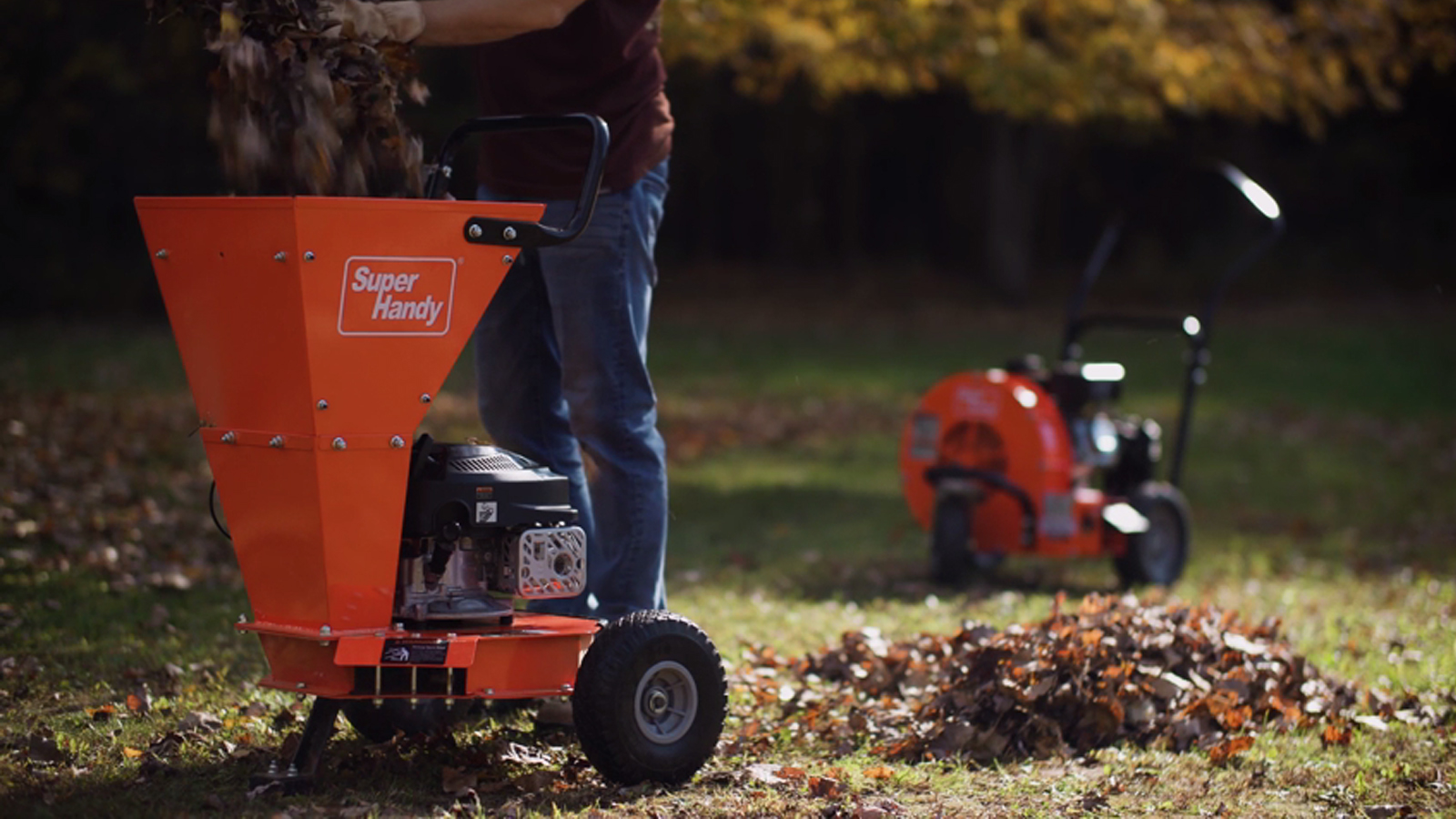
Using a Leaf Mulcher
Cleaning up fall leaves is effortless with a SuperHandy Leaf Mulcher. Engineered for both performance and durability, our mulchers shred leaves into nutrient-rich mulch ideal for garden beds and composting. With powerful electric motors and steel blade systems, SuperHandy models process large volumes quickly—filling a 30-gallon bag in minutes—while maintaining quiet, efficient operation. Designed for easy handling and clog-free use, they’re a must-have for homeowners who want to save time and reduce yard waste. Whether you’re managing a small lawn or a large property, SuperHandy helps you mulch smarter, not harder.
Mulching Mower Tips
A mulching mower lets you mow and mulch in one step. Experts recommend mowing when leaves are dry and no thicker than six inches. Sharp, angled blades like gator blades shred leaves into dime-sized pieces. Set your mower height to 2.5–3 inches for the best cut. Keep blades sharp and replace them during peak leaf season. If leaves are damp, slow down to avoid jamming. Avoid mulching pine needles, as they can clog the mower. Alternate between mulching and bagging if you have too many leaves.
Note: The best time to mulch leaves is when they are dry and scattered, not piled up.
Step-by-Step Guide
Follow these steps for easy leaf mulching:
-
Remove sticks, rocks, or trash hidden under leaves.
-
Spread leaves in a thin, even layer.
-
Use a mulching mower or leaf mulcher to shred leaves into small pieces.
-
Mow and mulch weekly during peak fall to prevent thick layers.
-
Collect extra mulch for garden beds or compost if needed.
Mulched leaves break down fast, returning nutrients to your soil. You help your lawn, save time, and support the planet.
Other Uses for Mulched Leaves
Composting Mulch
You can turn your yard waste into a powerful resource by adding mulched leaves to your compost pile. When you mix mulch with kitchen scraps and grass clippings, you create a balanced compost that breaks down quickly. This process improves the physical properties of your garden beds. Compost made with mulch increases water-holding capacity, drainage, and tilth. You help your plants grow stronger by making minerals like potassium and phosphorus more available. The University of Georgia Extension explains that composting mulch also prevents nitrogen competition, so your plants get the nutrients they need without delay.
Tip: Shred your mulch before adding it to compost. Smaller pieces break down faster and feed the microbes that help your garden thrive.
Scientific studies show that mulched leaves enhance nutrient cycling and organic matter in composting systems. When you use mulch with the right carbon-to-nitrogen ratio, you boost soil nitrogen and support healthy microbial activity. Over time, this practice builds up organic matter and improves the structure of your garden beds.
Garden Beds and Trees
You can use mulch to protect and enrich your garden beds and trees. Spread a layer of mulch about 3-4 inches deep around your plants. This helps keep moisture in the ground, reduces weed growth, and keeps the temperature steady. Field studies show that mulch attracts earthworms, which improve soil structure and help roots grow deeper. You also reduce the need for tilling, which preserves helpful microbes.
-
Mulch increases soil water content and stimulates microbial activity.
-
Mulched plants grow better because of higher moisture and less weed competition.
-
Mulching around young trees increases nitrogen and helps them grow faster.
Note: Always keep mulch away from plant stems to prevent disease. Shred or mix your mulch to avoid matting and let air and water reach the roots.
Using mulched leaves in your compost and garden beds gives you healthier plants, richer soil, and a more beautiful yard.
Mulching leaves gives you a smarter way to care for your lawn and the planet. You boost soil nutrients, save time, and help your grass grow strong. Studies show mulching leaves improves soil health, increases water use efficiency, and raises crop yields. You also cut down on yard work and landfill waste.
|
Benefit |
Result |
|---|---|
|
Soil Health |
More nutrients and better structure |
|
Time Savings |
Less raking, more free time |
|
Environmental Win |
Lower waste, better ecosystem |
Try mulching leaves this fall. You will save time, grow a healthier yard, and make a real difference for the environment!
FAQ
Will mulching leaves attract pests to my yard?
You do not need to worry. Mulched leaves break down quickly and do not attract pests if you spread them thinly. Keep mulch away from your home’s foundation. This simple step keeps your yard healthy and pest-free.
Can I mulch wet leaves?
You can mulch wet leaves, but dry leaves work better. Wet leaves may clog your mower or mulcher. For best results, wait until leaves dry. If you must mulch wet leaves, go slowly and check your equipment often.
How often should I mulch leaves in the fall?
You should mulch leaves once a week during peak fall. Regular mulching prevents thick layers from building up. Your lawn stays healthy, and you save time. Weekly mulching also helps leaves break down faster.
Do I need special equipment to mulch leaves?
You do not need fancy tools. A regular mulching mower works well for most yards. If you have many leaves, consider a leaf mulcher. Both options save you time and effort.
Tip: Keep your mower blades sharp for the best mulching results!


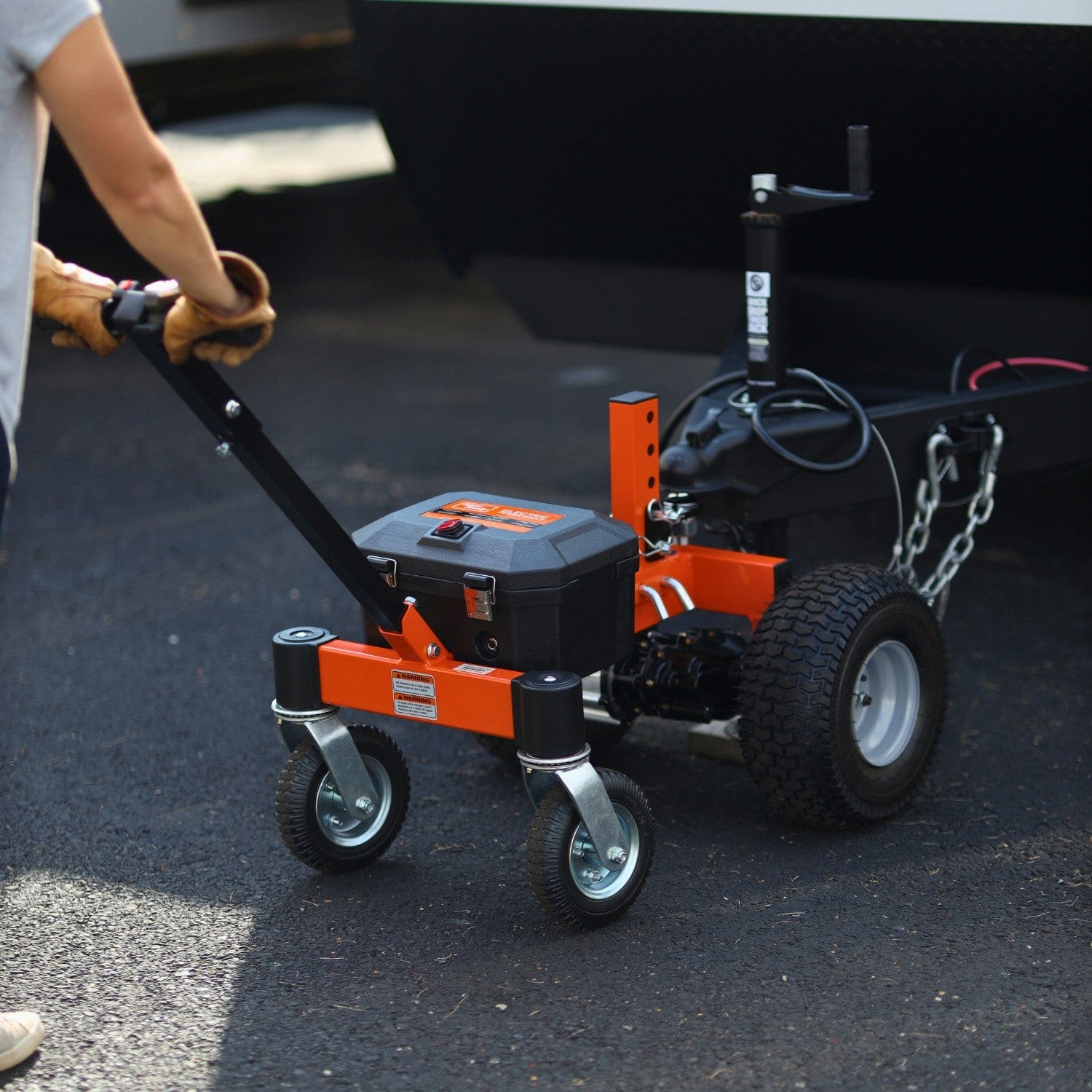
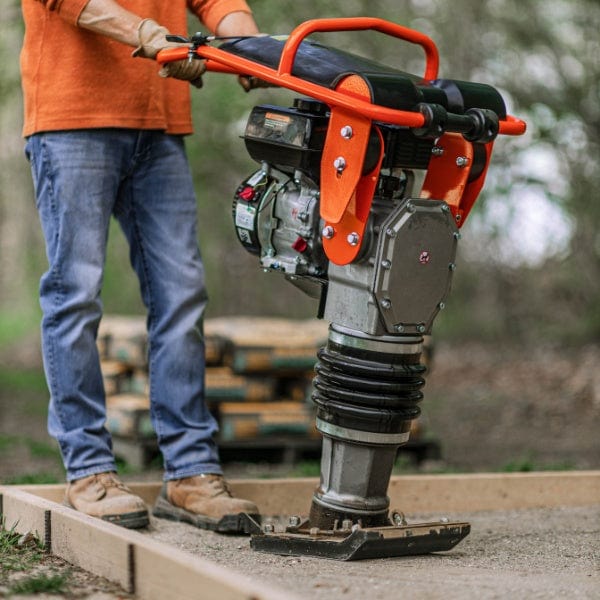
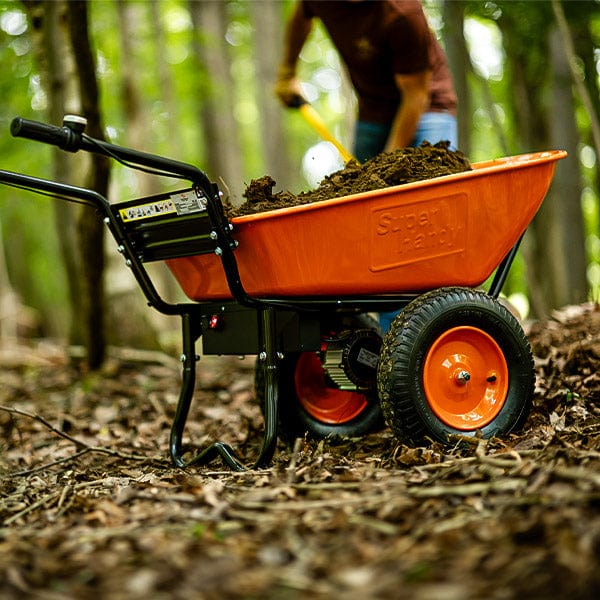


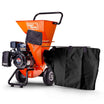
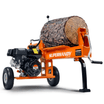

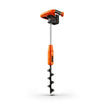
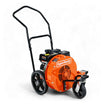
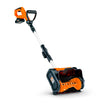
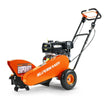
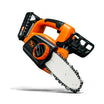
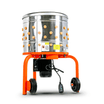
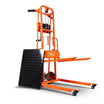
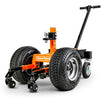
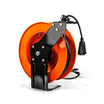
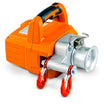
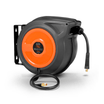
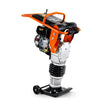
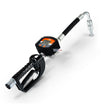
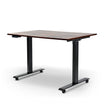
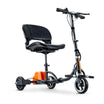
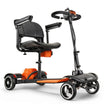



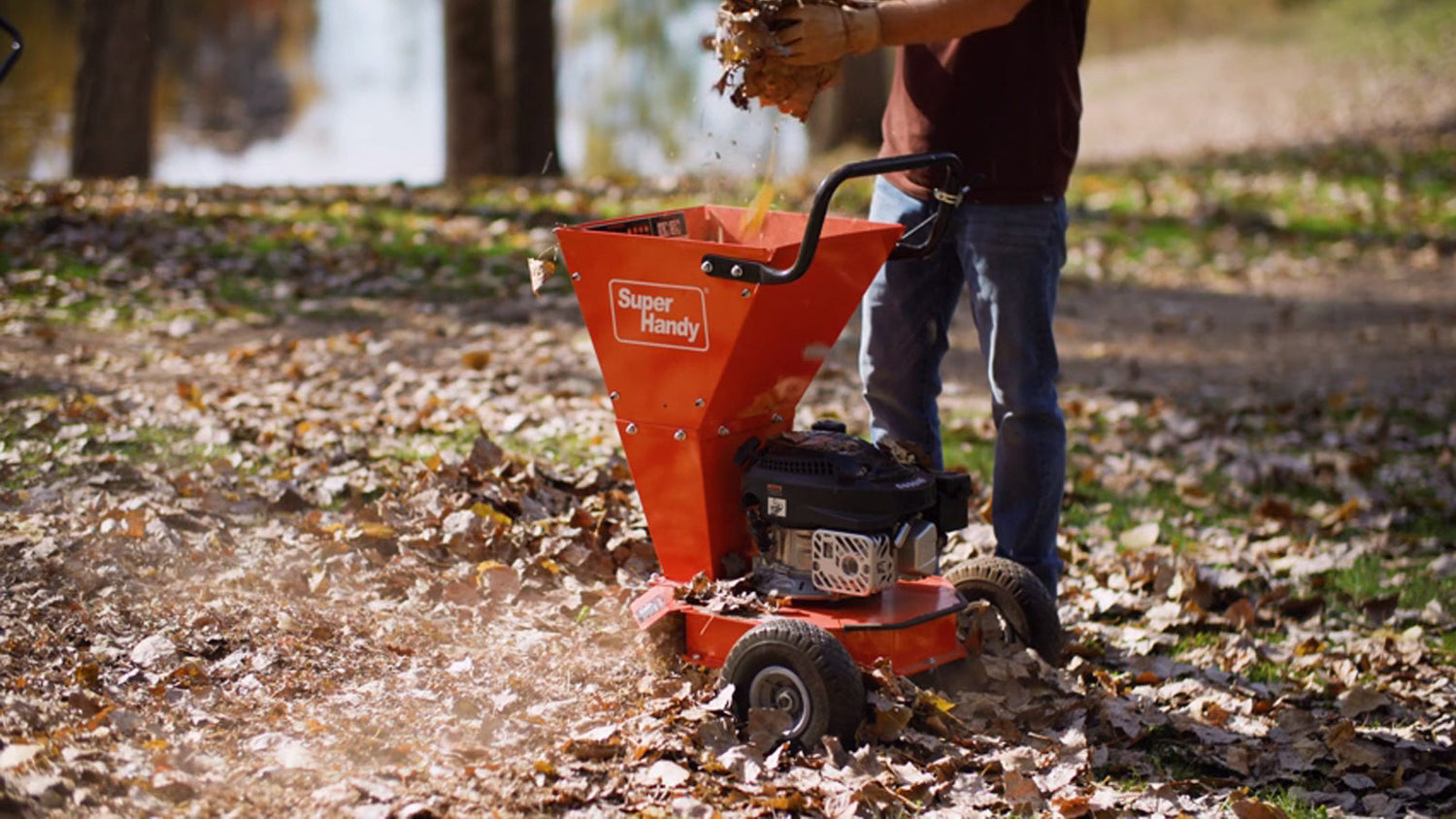
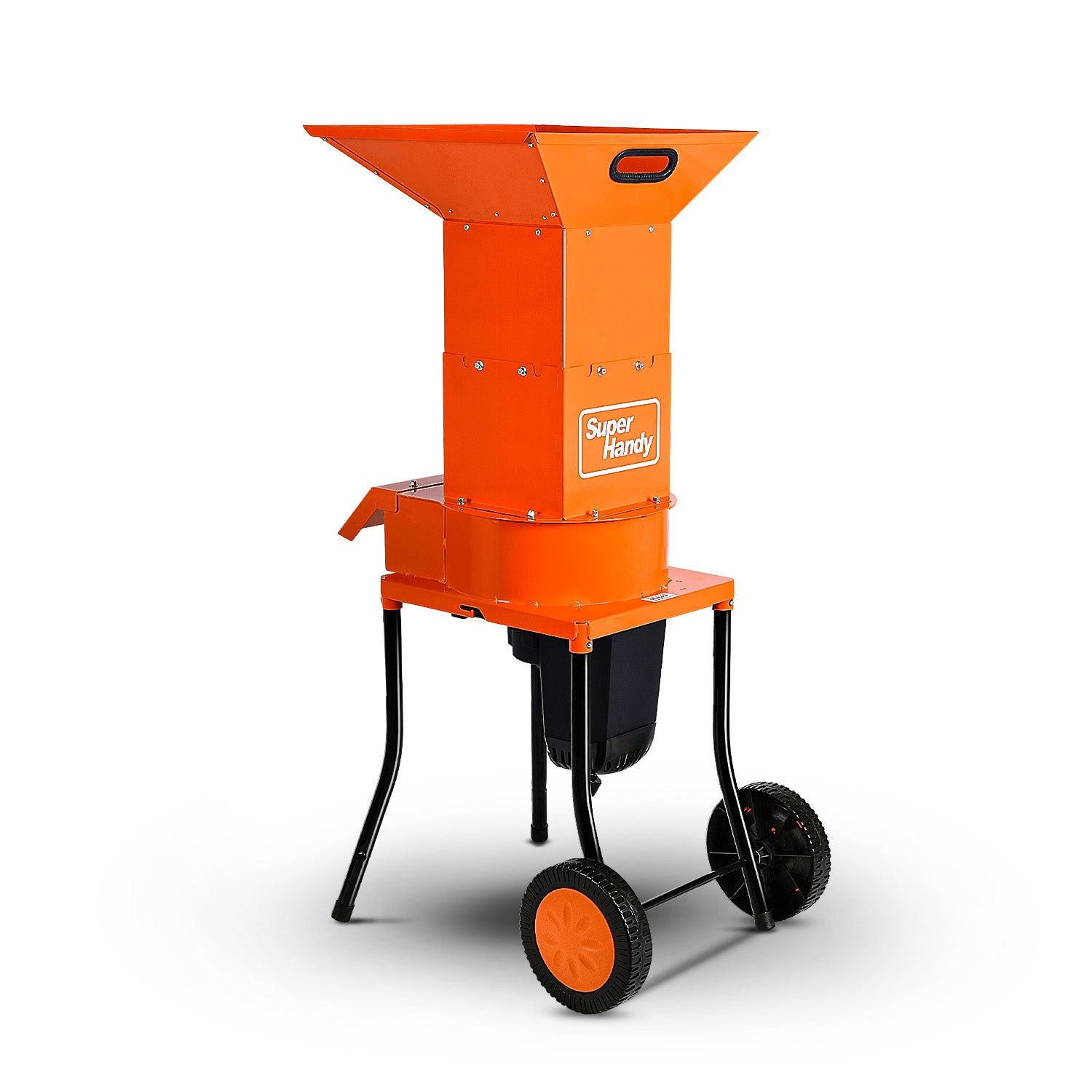
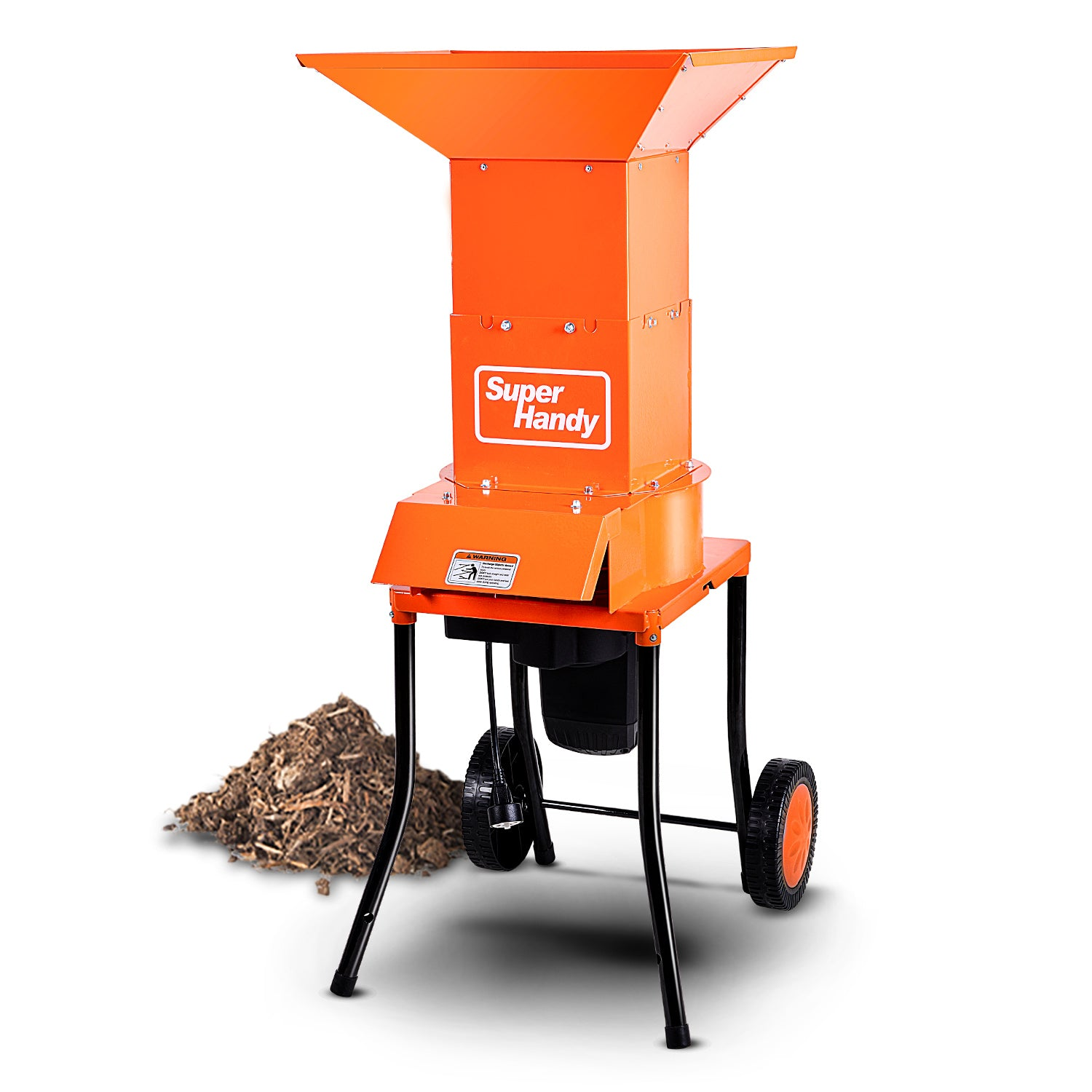
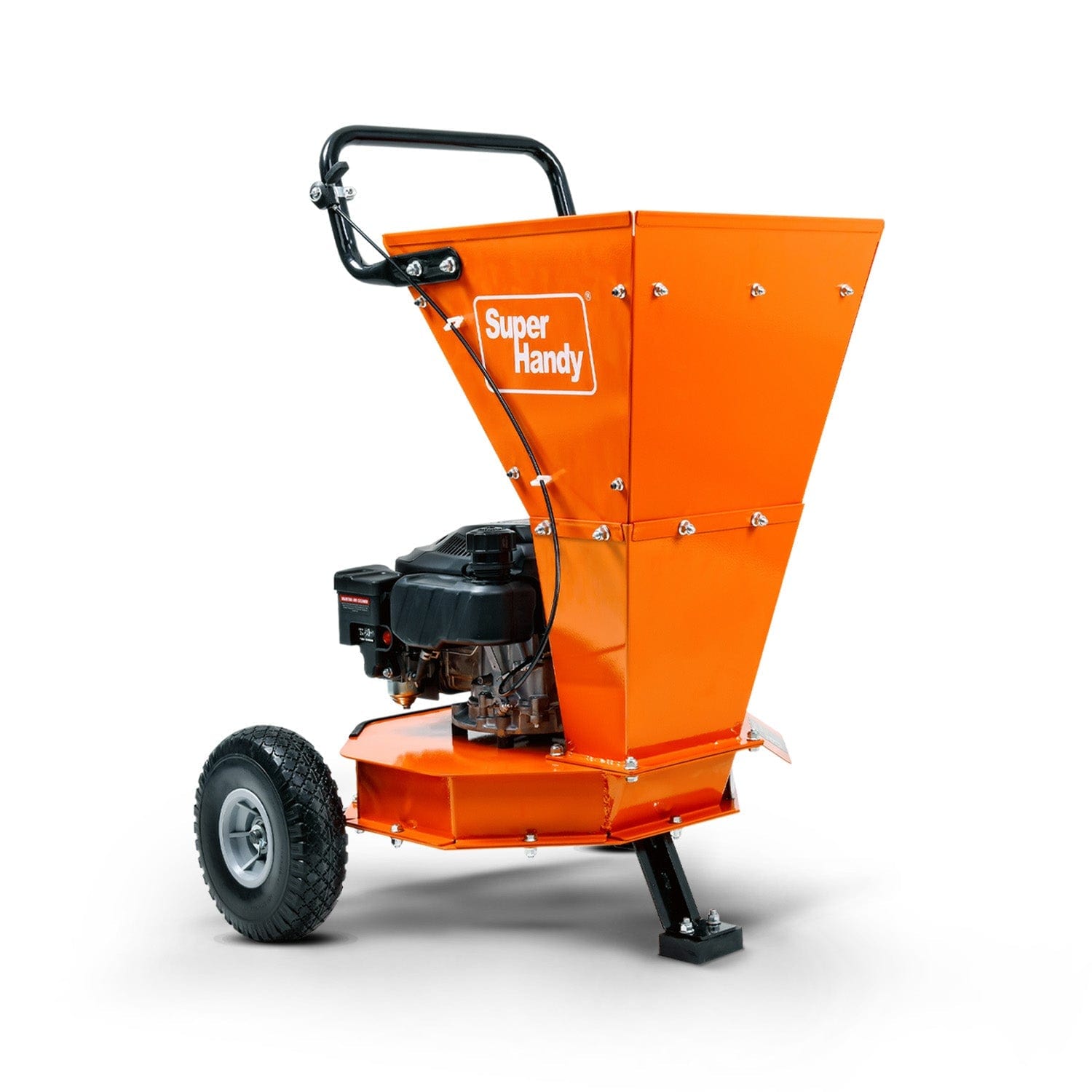
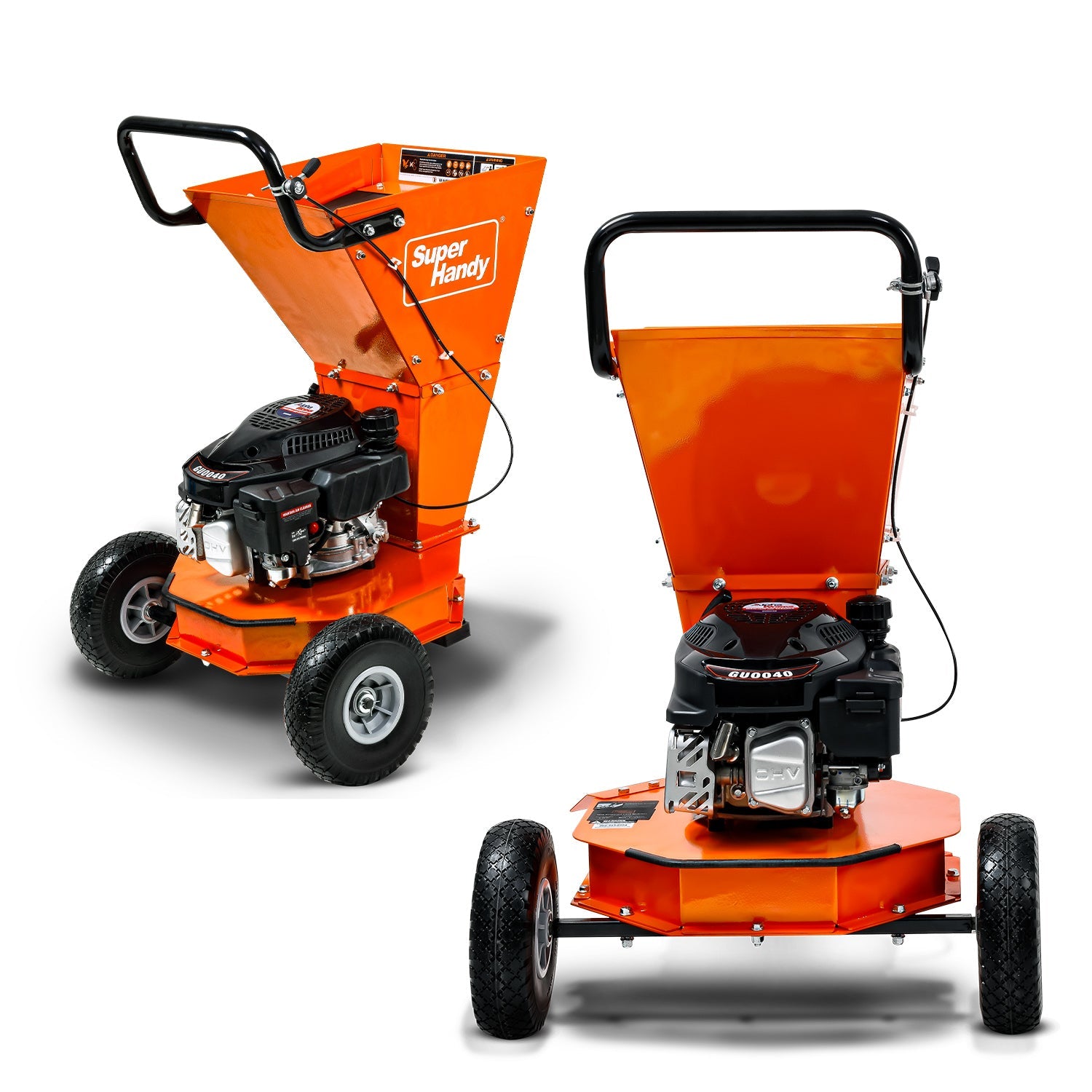
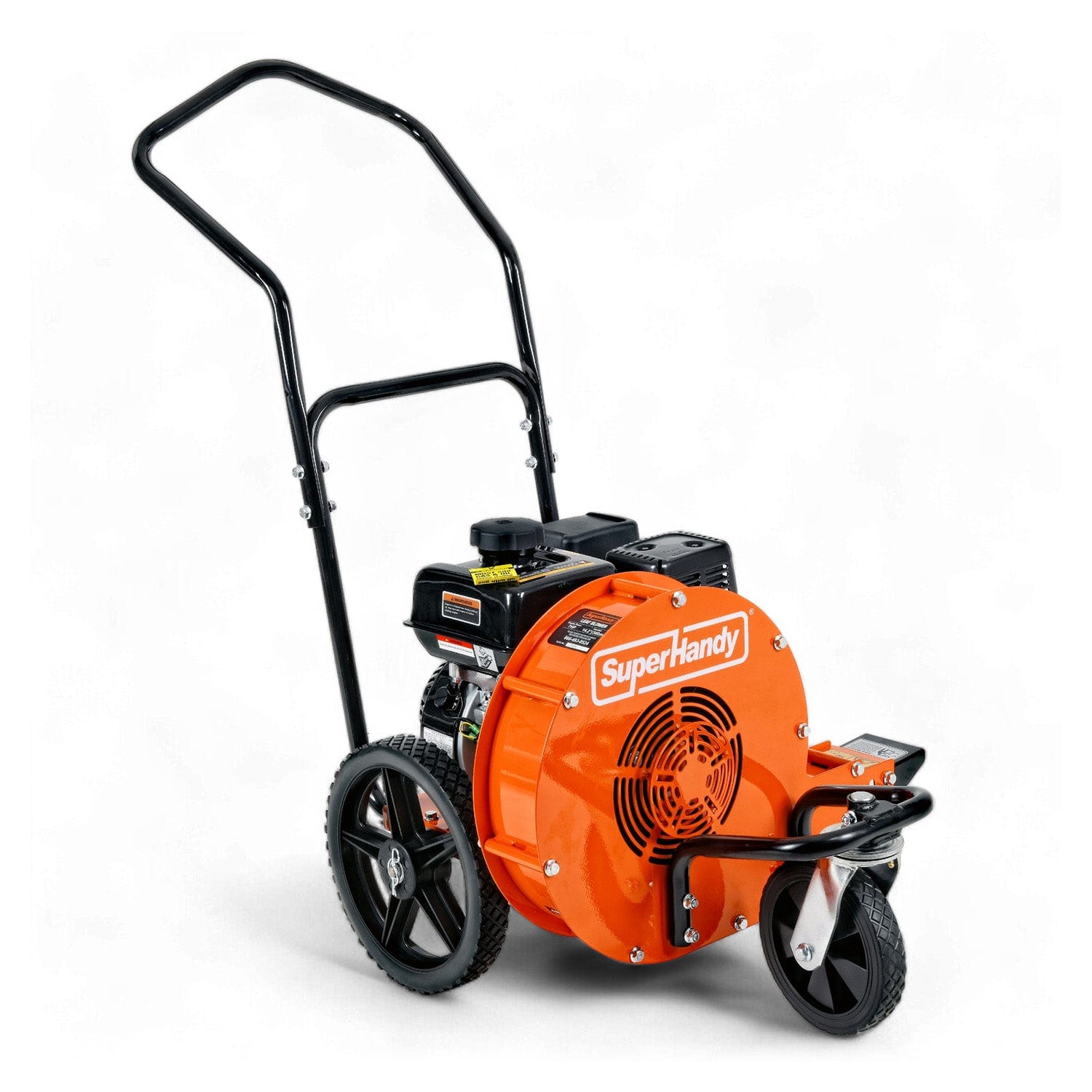
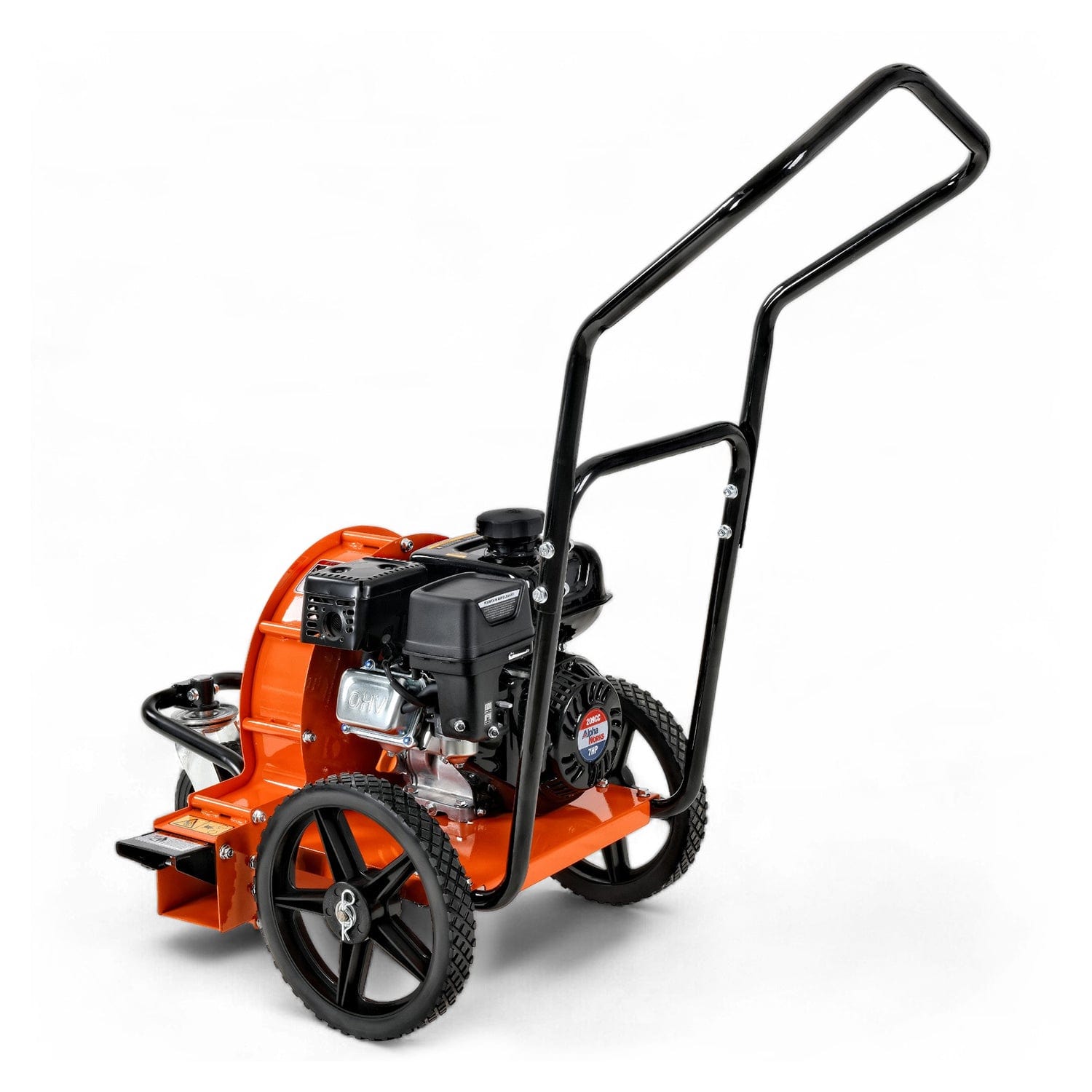
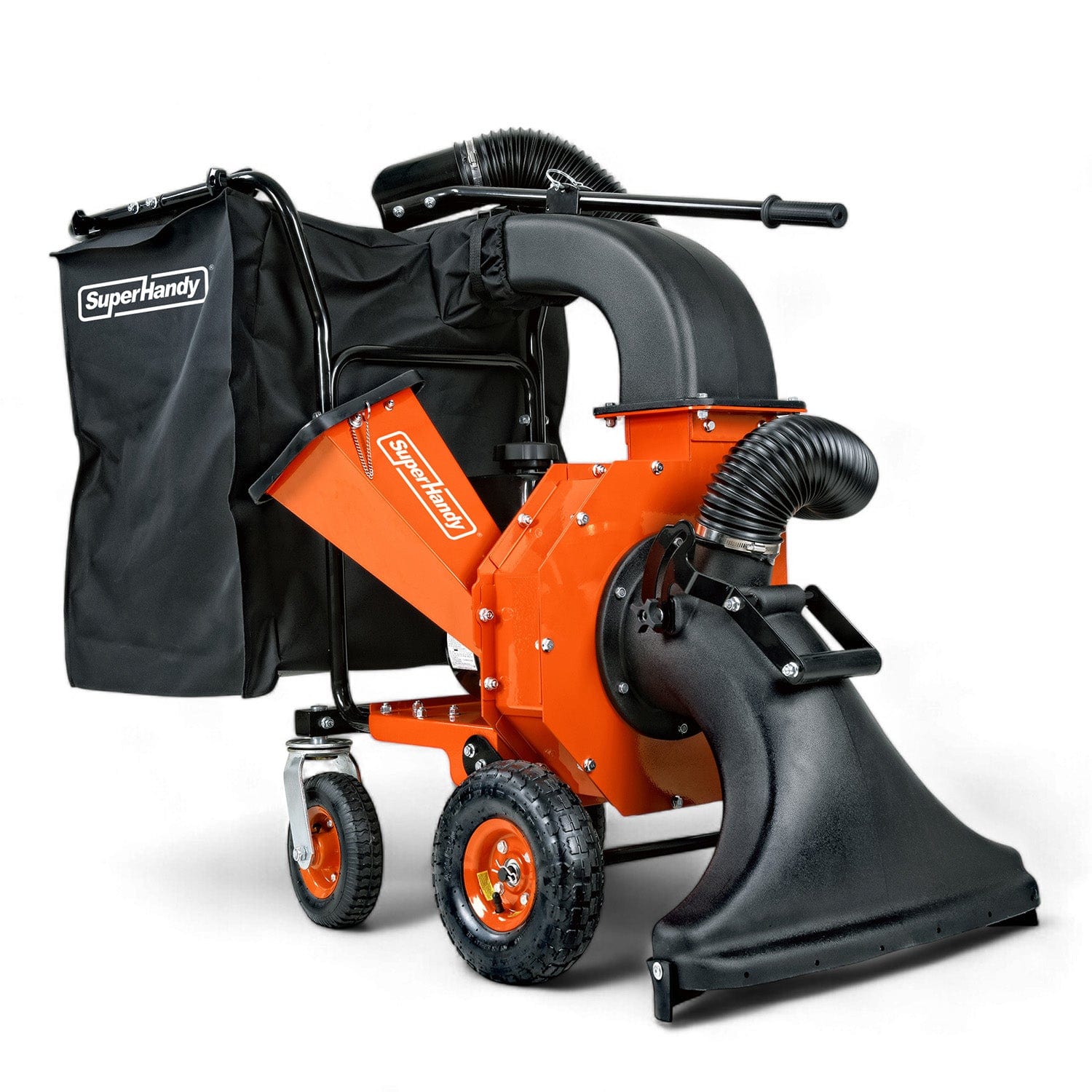

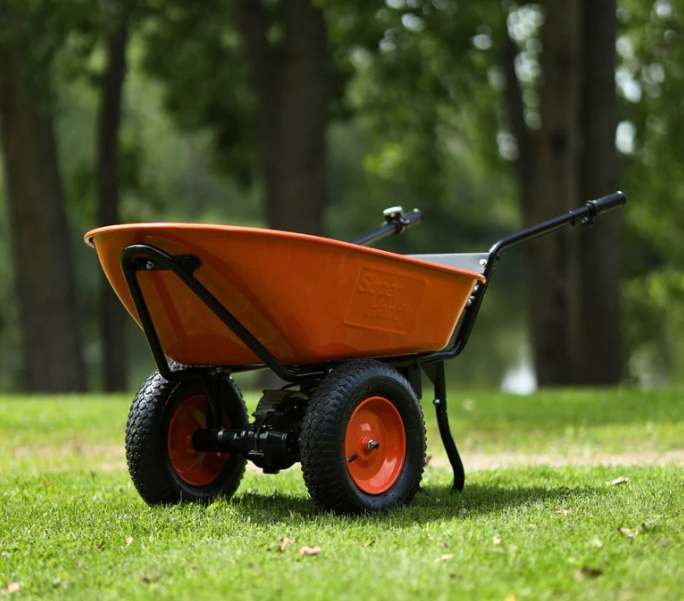
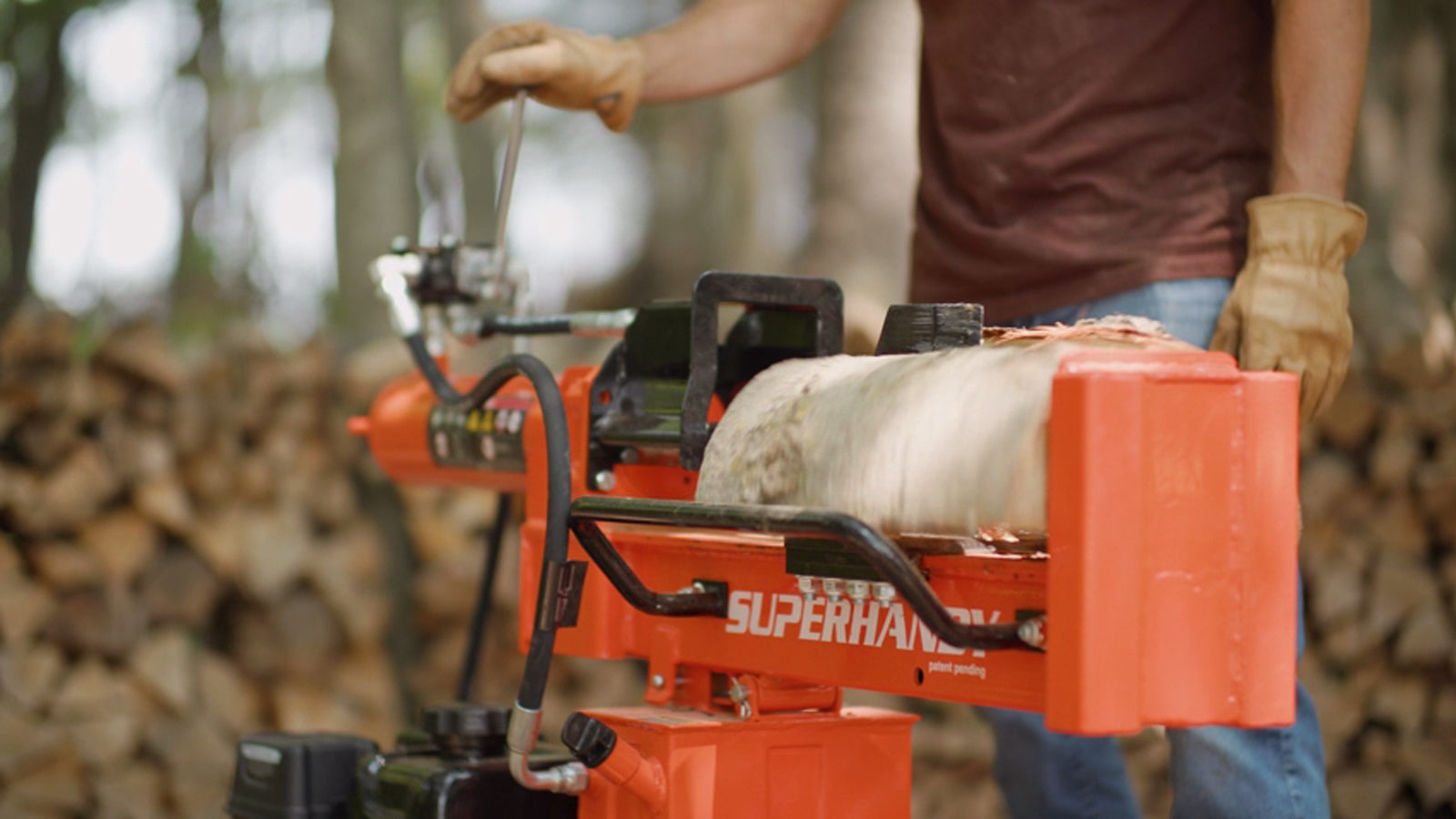
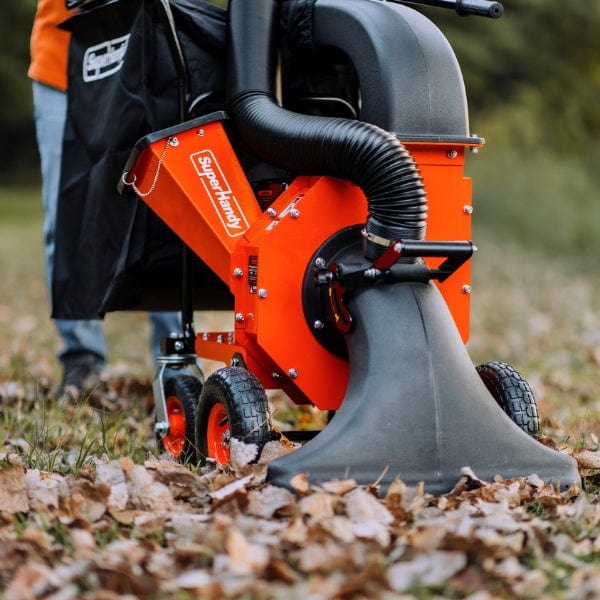
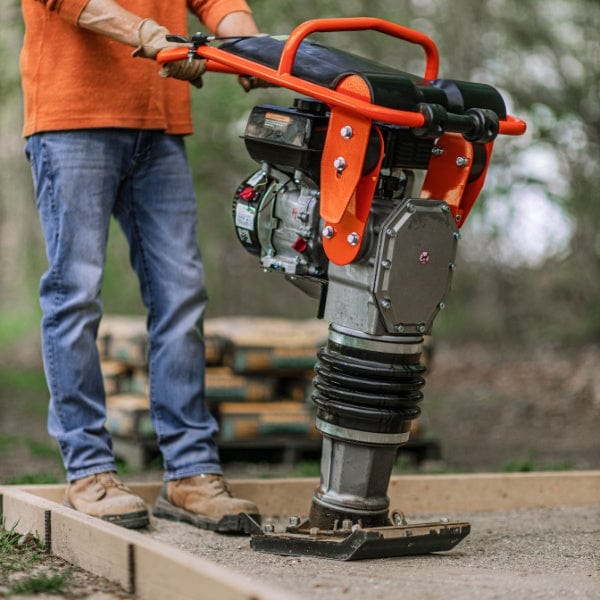
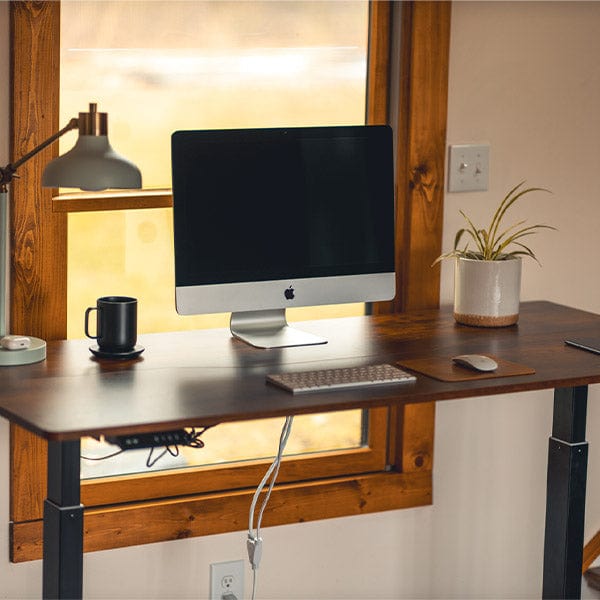
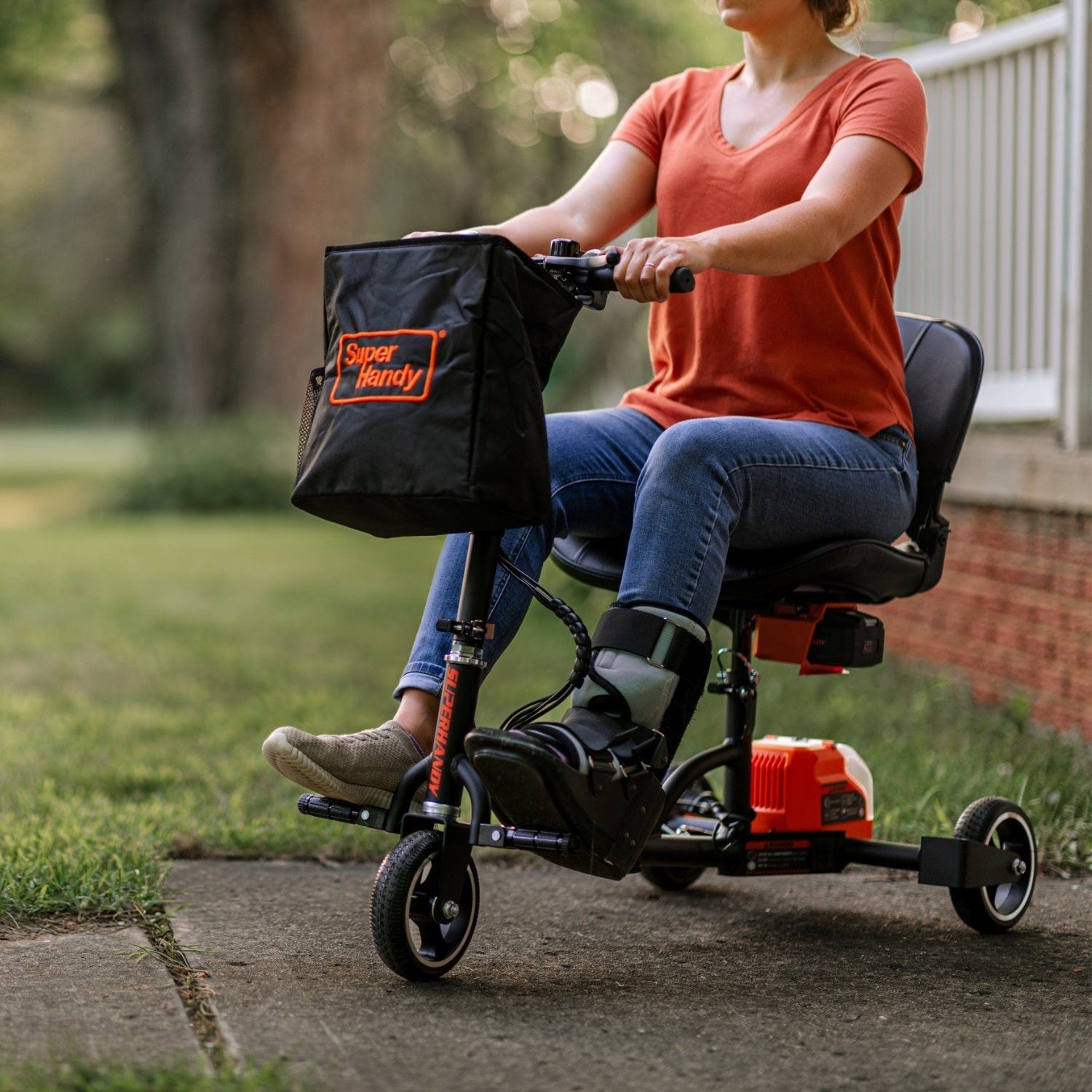
Leave a comment
All comments are moderated before being published.
This site is protected by hCaptcha and the hCaptcha Privacy Policy and Terms of Service apply.